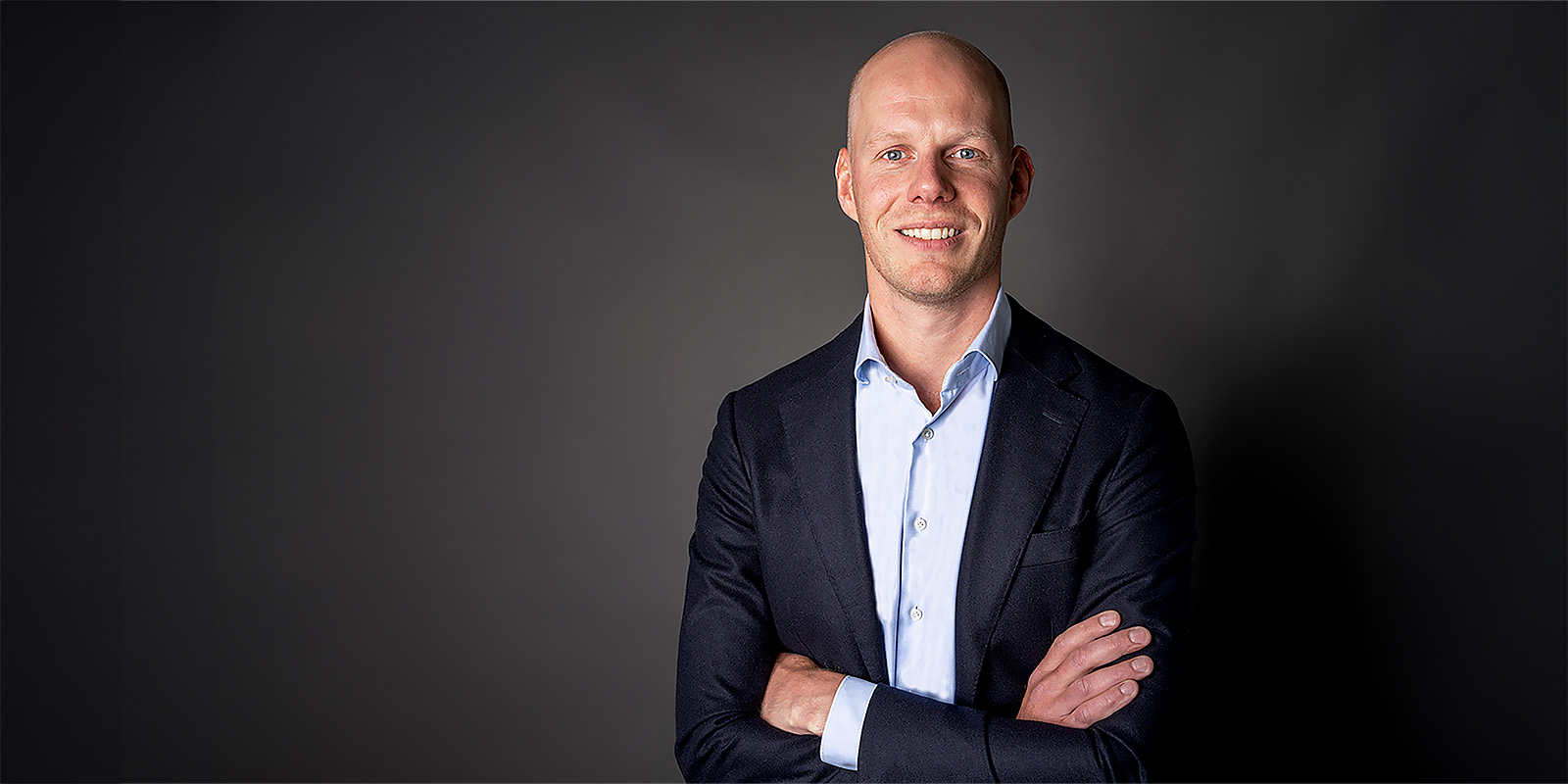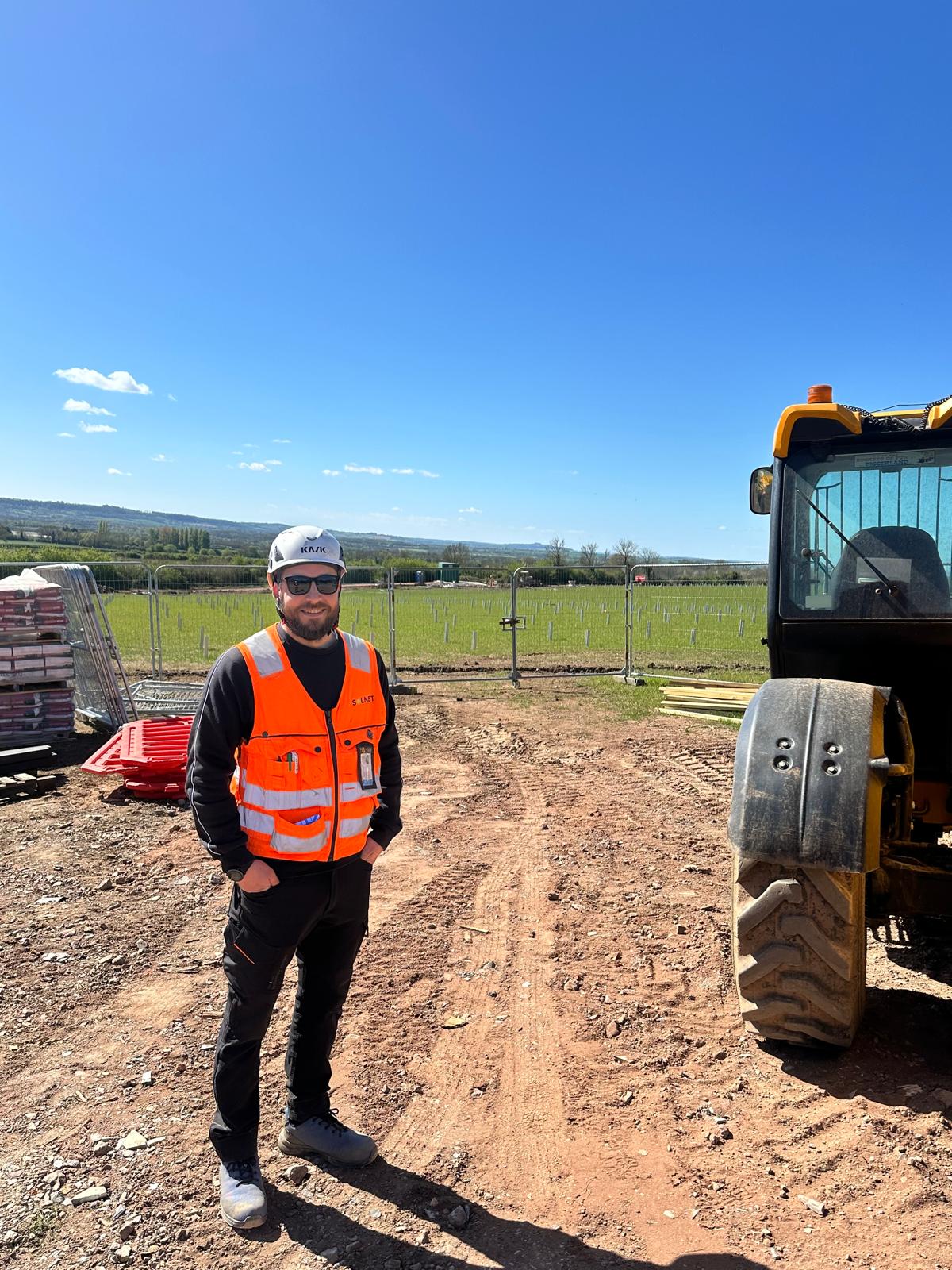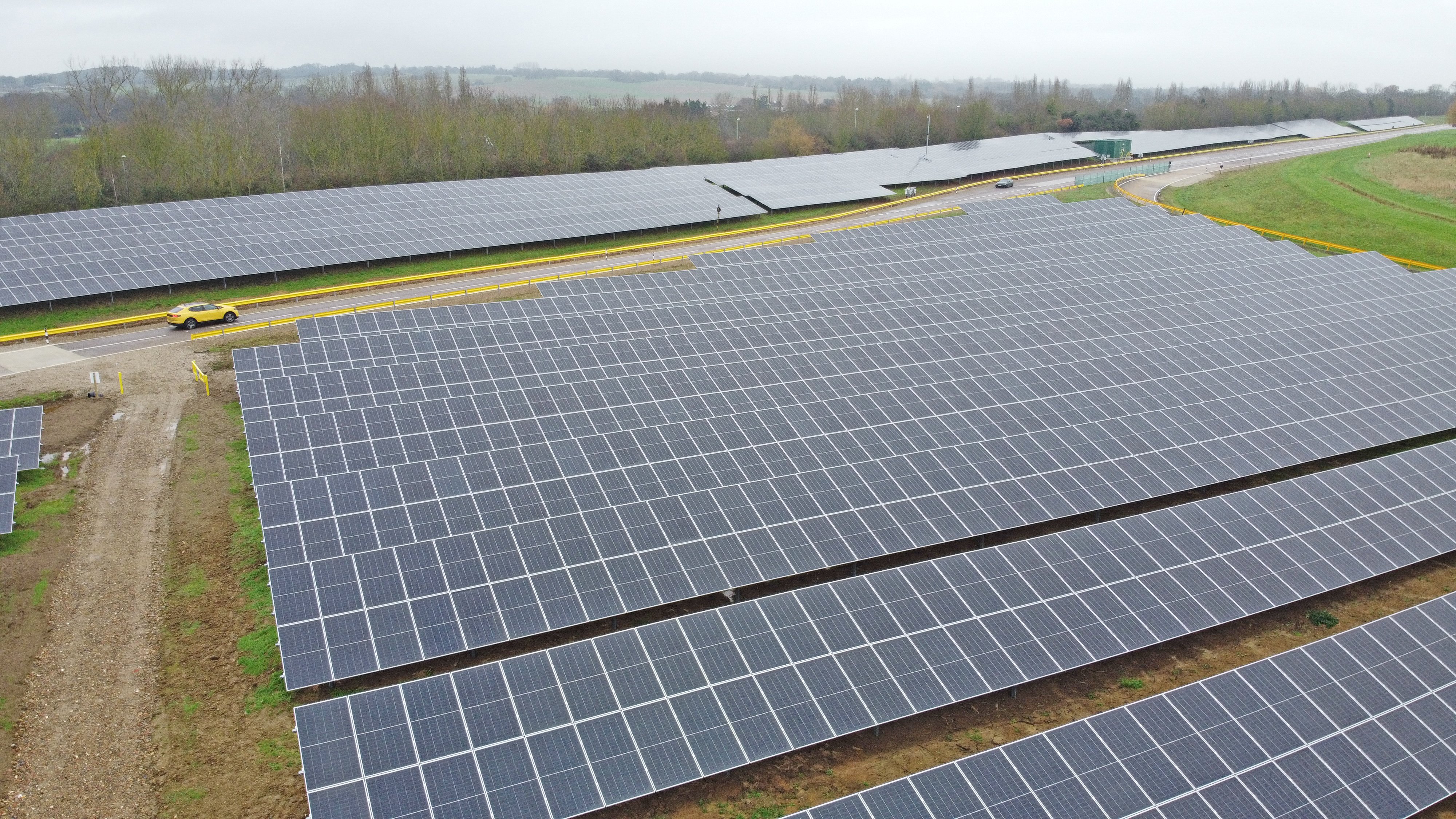The weather is warm, birds are singing, and Europe has made it through to its second summer since Russia invaded Ukraine and the subsequent gas crisis. Although the energy challenges are far from over, the acute sense of worry feels like a distant memory from 2022. It may seem counterintuitive, but this period of calm is an ideal moment to focus on energy efficiency.
The sticker shock of fuel costs has subsided, leaving greater flexibility for proactive energy system improvements— and as more emissions targets come into force, these investments become increasingly worthwhile.
Building energy efficiency is a growing regulatory priority. The EU Parliament’s recent passage of the revised Energy Performance of Buildings Directive sets the goal of reducing residential building energy use at least 20% by 2035. Targets for nonresidential buildings are even more ambitious; by 2033, over a quarter of nonresidential buildings will undergo renovations to meet new building energy performance standards. To establish a roadmap for specific decarbonization measures, EU member states will create national building renovation plans tailored to their building and energy mixes. In the meantime, businesses have the opportunity to take stock of their building portfolios and plan for updates that suit their needs.
The stars have aligned for solar
One building update is set to receive particularly high support: Rooftop solar. The sector is already booming, accounting for 66% of the EU’s new solar capacity in 2023, split evenly between C&I and residential. And the C&I segment will soon receive another boost, with upcoming requirements for solar installations on all new commercial buildings by the end of 2026. Buildings undergoing major renovations— for instance, roof replacements or heating system upgrades— must begin including solar PV as part of these renovations by the end of 2027. With “solar readiness” becoming a major priority, by the decade’s end we may see rooftop solar becoming the new normal: not just for sustainability-minded early adopters, but as a standard part of building energy systems.
Businesses that take advantage of this development today will see the benefits both immediately and in the long term. From a CAPEX perspective, this may be the best time in history to purchase PV modules. The costs of electricity from distributed solar generation are now consistently below retail rates. And battery storage costs are plummeting, driven by high rates of deployment thanks to significant performance improvements. In short: investing in a PV installation has never been so affordable. Especially when coupled with a battery storage system, the savings from on-site solar electricity generation and self-consumption can quickly eclipse the installation costs.
Now is the time to build resilience
Low prices are not the only reason why a PV investment makes sense today. For a resilient building energy system, solar is the most sensible option by leaps and bounds: while gas prices will inevitably fluctuate again, the sun’s energy will never be subject to the same kind of supply limitations. A high-quality solar installation guarantees the ability to access a low-cost energy supply for decades to come. It’s also an energy source that receives broad support: 81% of Europeans support the installation of new solar panels on buildings in their area, meaning that businesses running on solar power have a high degree of flexibility in where they choose to operate. After all, a silent, smoke-free, and odor-free energy source won’t disturb the neighbors.
Finally, the broader impacts of cleaner building energy systems cannot be forgotten. Solar installations on EU rooftops could generate nearly 25% of Europe’s electricity demand, two-thirds of which would be at a cost lower than current residential tariffs. The CO2 savings potential is enormous. While dependent on many different variables, a solar installation in an office or hotel can save 5–10 tons of CO2 per year on average; a logistics center can save up to 50 tons, and an industrial plant can save more than 100. These figures add up quickly, generating not only progress towards business sustainability targets, but also towards carbon neutrality in the building sector as a whole.
A switch to a new energy source is a big step. It may feel easier to stick with the familiar. But amidst fluctuations in energy prices and regulations, PV now stands out for its consistent increase in reliability and affordability. With supportive new regulations on the horizon, a switch from gas to solar may be the best strategic choice businesses can make for their future energy supply— and for Europe’s future climate.




